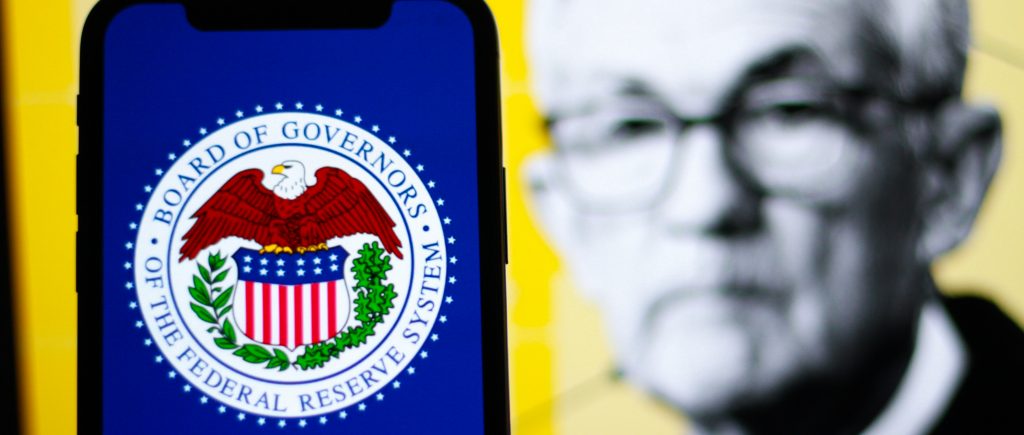Jerome Powell’s upcoming speech at the Jackson Hole symposium on Friday, August 22, 2025, offers a pivotal moment for the Federal Reserve to signal its next moves. Historically, this event has been a platform for hinting at policy shifts—last year, Powell’s remarks paved the way for a significant rate cut. Yet, with mixed economic signals, the path forward remains murky. Rising inflation and a softening job market create a tricky balancing act for the Fed’s dual mandate of price stability and maximum employment.
Inflation Pressures Cloud the Outlook
Recent data paints a complex picture. Inflation, running at 3% according to the latest Consumer Price Index, exceeds the Fed’s 2% target, driven partly by tariff-related price hikes. July’s unexpected surge in services inflation, which dominates the U.S. economy, has raised eyebrows among Fed officials like Jeff Schmid, Beth Hammack, and Raphael Bostic. Tariffs, while impacting only 11% of GDP through goods, continue to fuel concerns about persistent price pressures. This volatility suggests that easing monetary policy too soon could risk entrenching inflation further.
Labor Market Weakness Demands Attention
On the other hand, the labor market is showing cracks. July’s jobs report added just 73,000 jobs, with downward revisions bringing the three-month average to a mere 35,000. This slowdown has shifted the stance of officials like Mary Daly and Neel Kashkari, who now express concern about employment risks. Governors Chris Waller and Michelle Bowman, who dissented at the July meeting in favor of a rate cut, argue that the weakening job market warrants action. If August’s jobs data, due before the September 17 FOMC meeting, confirms this trend, pressure for a rate cut will intensify.
A New Framework to Address Volatility
Powell is also expected to unveil the results of the Fed’s 2025 policy framework review, which revisits the 2020 adoption of flexible average inflation targeting. That strategy, designed for a low-inflation era, allowed inflation to overshoot 2% to offset prior shortfalls. Given recent inflationary spikes, the Fed may abandon this approach, favoring a more preemptive stance to tackle supply shocks and balance employment and price stability. Powell has hinted at enhancing communication tools, such as the “dot plot” in the Summary of Economic Projections, to better convey risks and forecasts.
Data-Driven Approach
With markets pricing in a 25-basis-point rate cut for September, Powell faces a delicate task. A dovish signal could align with labor market concerns but risks fueling inflation. Conversely, a cautious tone, emphasizing the current 4.25%–4.5% federal funds rate as “modestly restrictive,” could disappoint investors expecting relief. Powell’s likely approach—data-dependent and noncommittal—reflects the Fed’s need for flexibility amid tariff uncertainties and economic shifts. The August jobs report and upcoming inflation data will be critical in shaping the Fed’s next steps, ensuring decisions align with the evolving economic landscape.

 Noor Trends News, Technical Analysis, Educational Tools and Recommendations
Noor Trends News, Technical Analysis, Educational Tools and Recommendations




